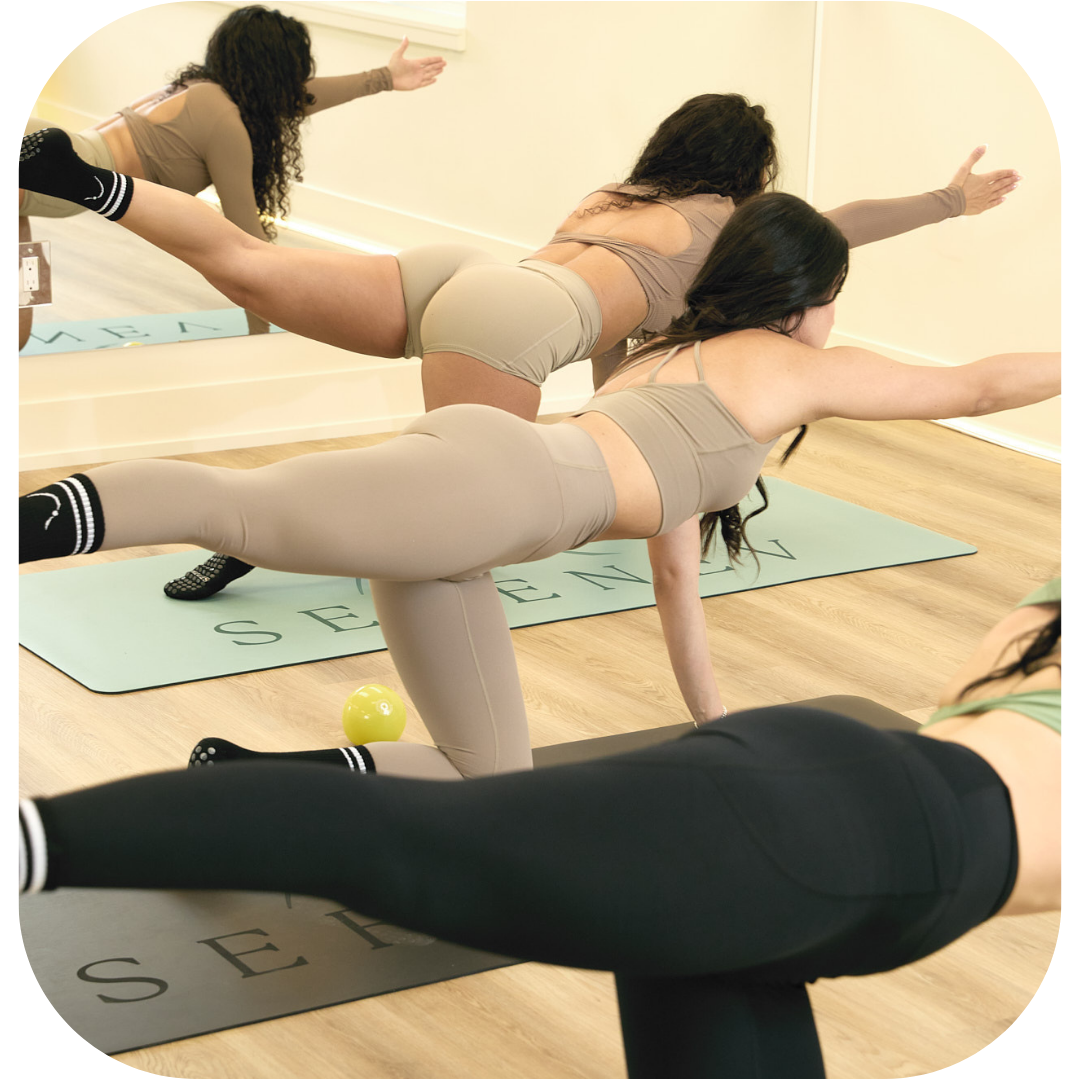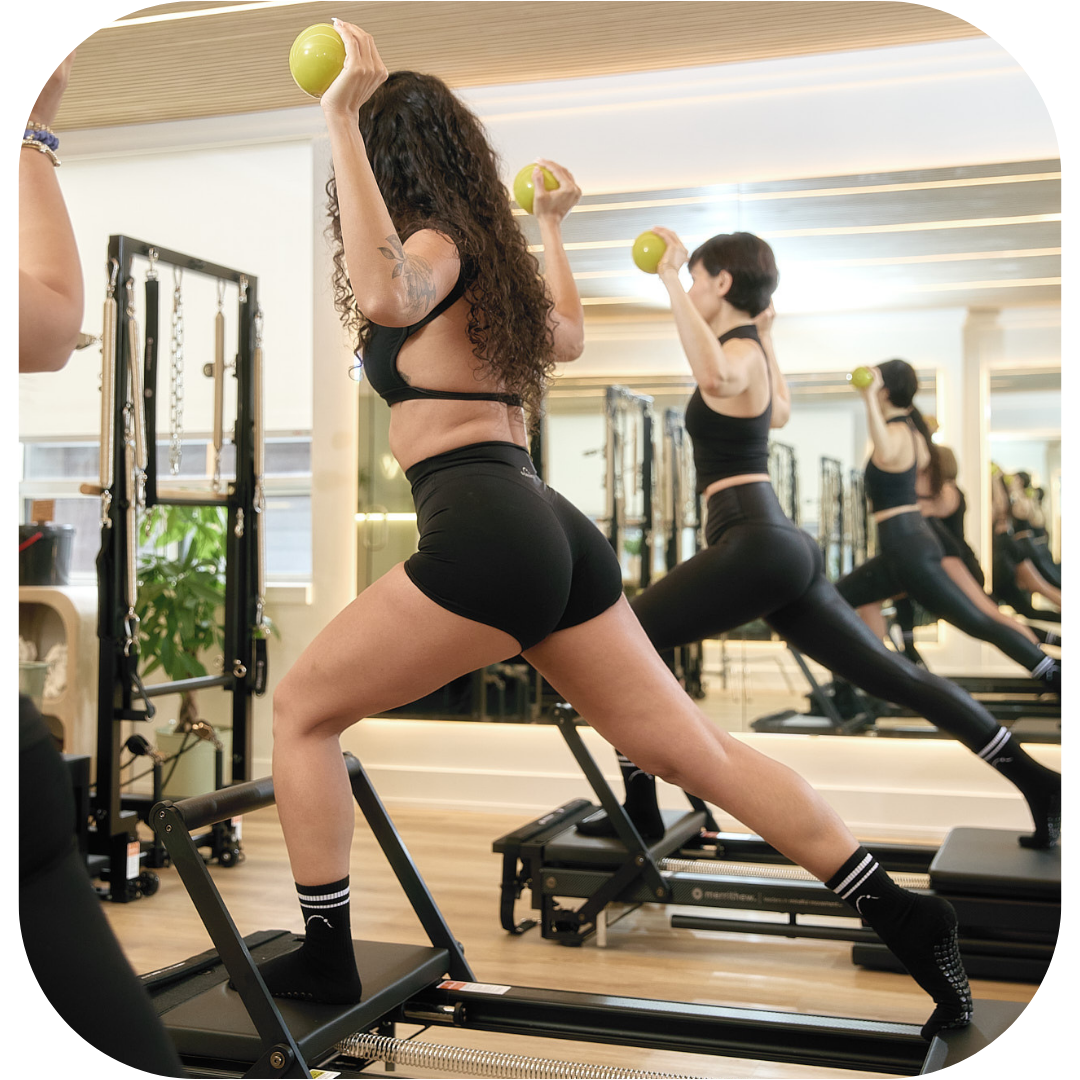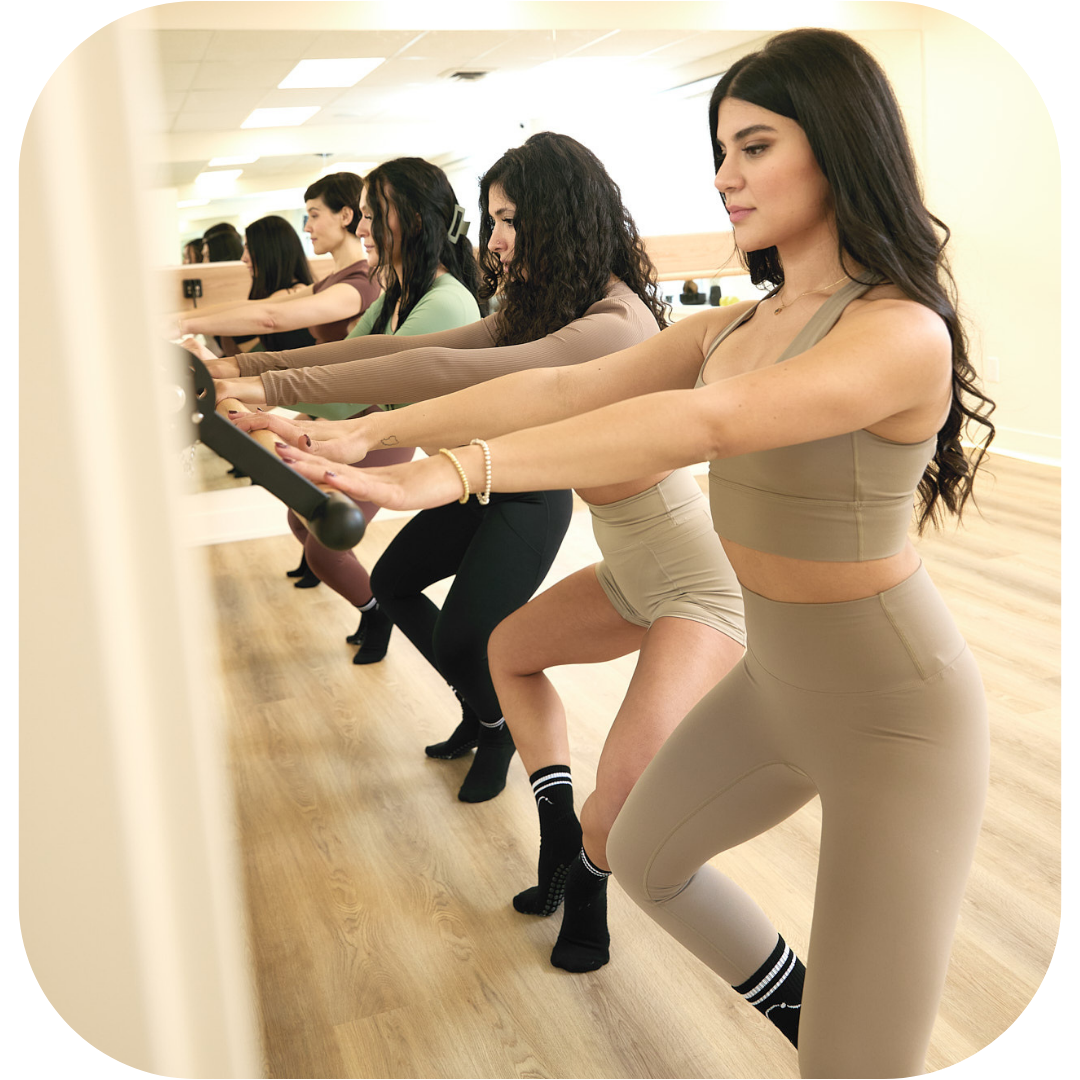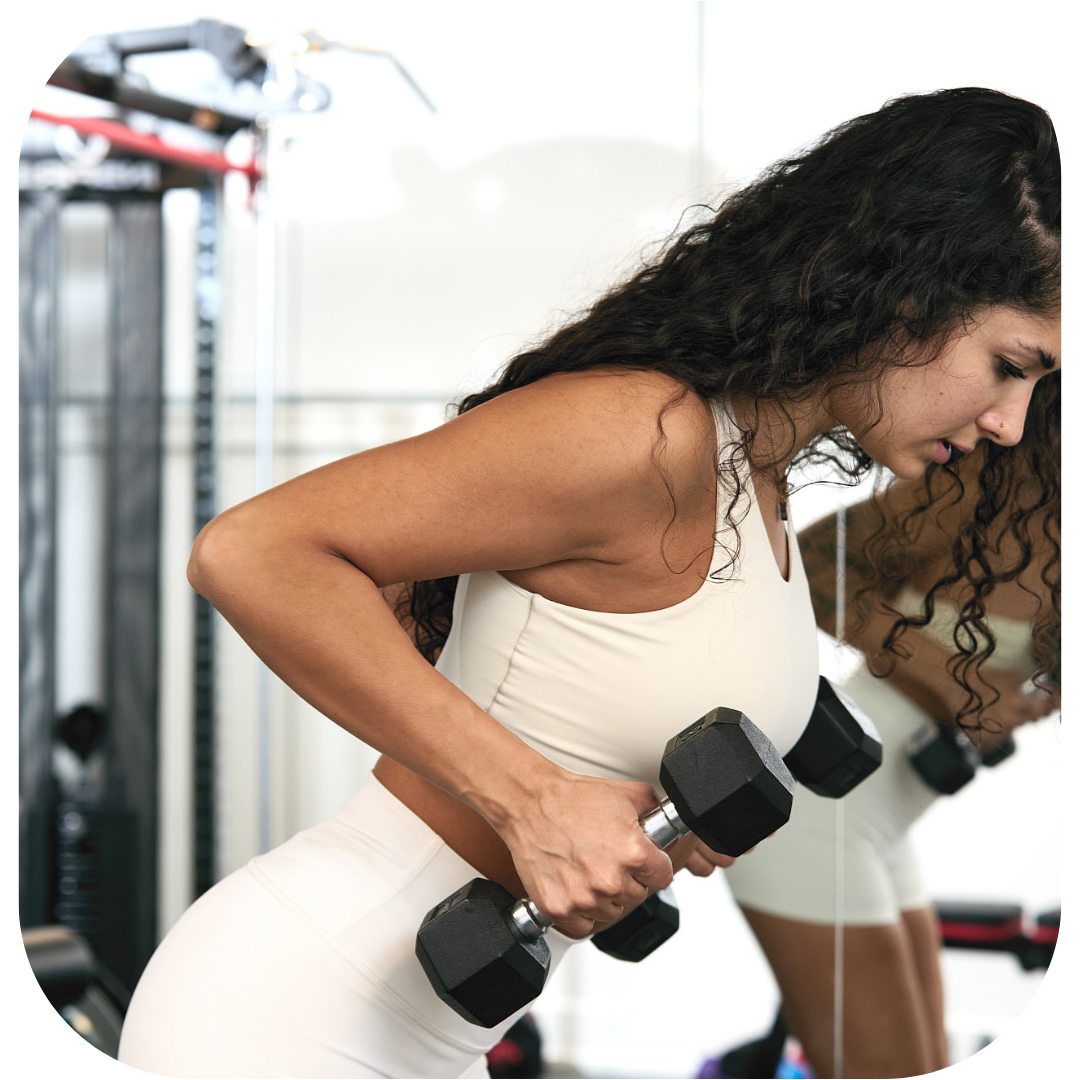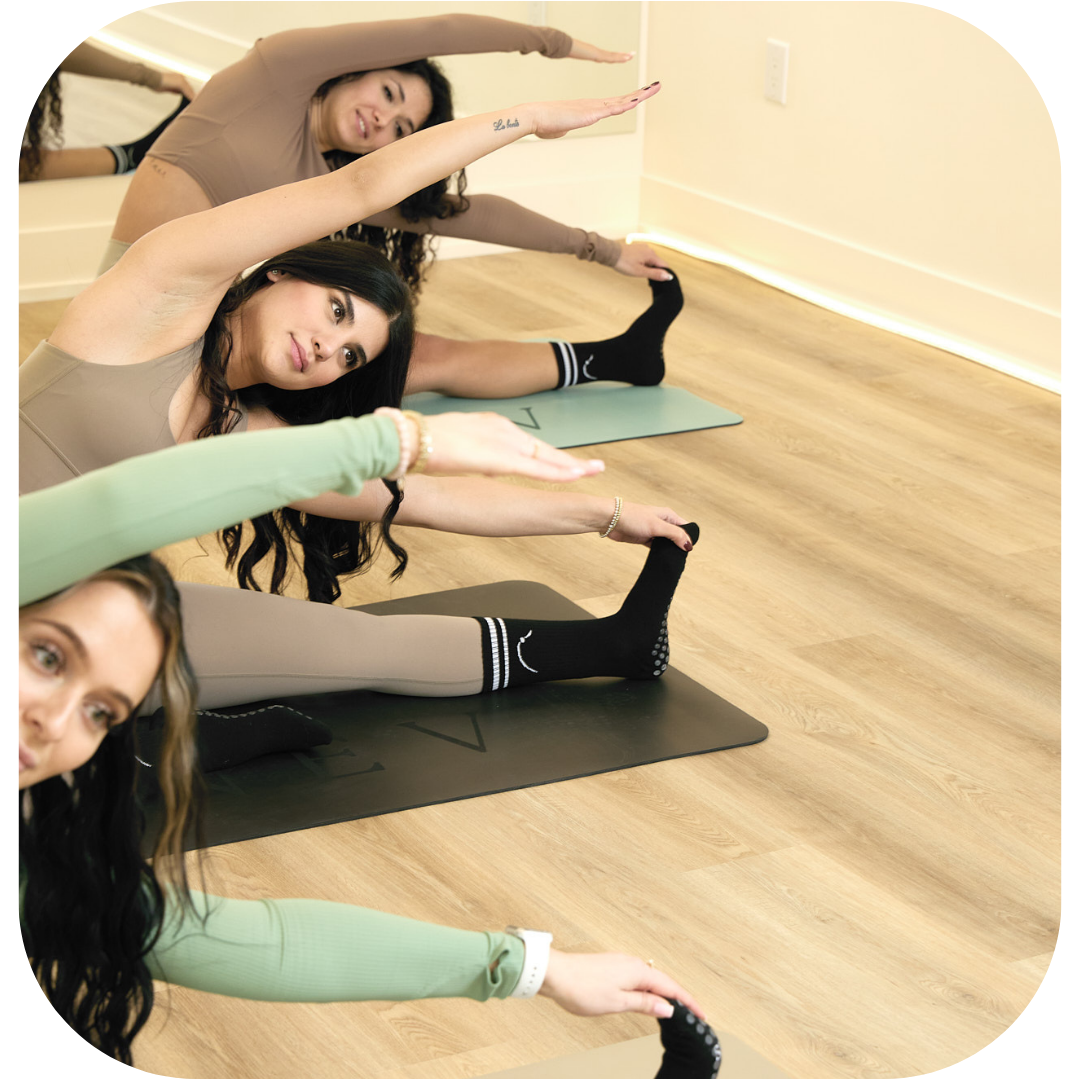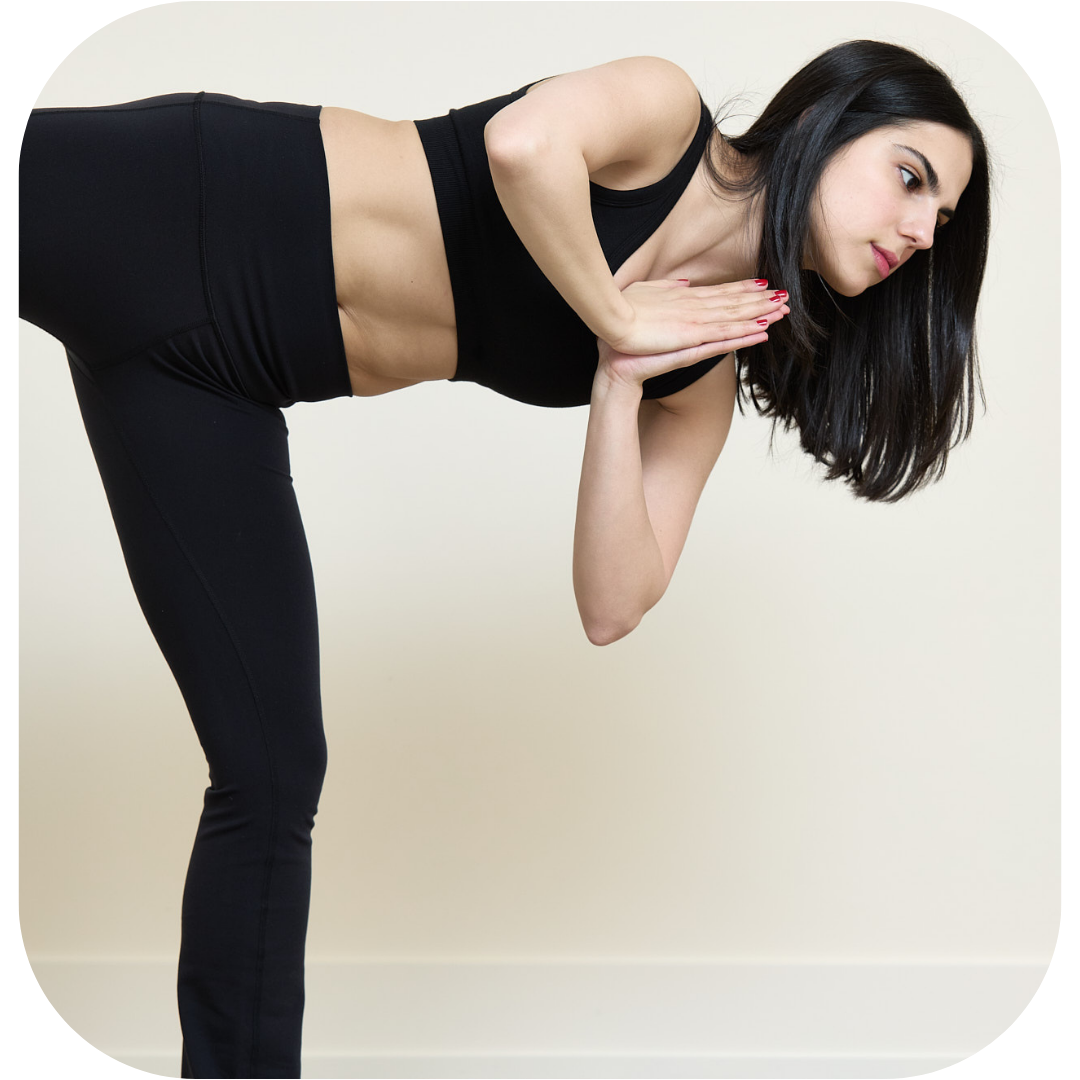
Forearm Balance – Pincha Mayurasana: Step-by-Step Guide
April 26, 2025
Four-Limbed Staff Pose – Chaturanga Dandasana: Step-by-Step Guide
April 30, 2025Forearm Plank (Phalakasana) Forearm Variation is an excellent core-strengthening pose that engages the entire body. It works the abs, shoulders, arms, chest, and legs, while improving overall stability and balance. This version of Plank is a great wrist-free alternative, providing a challenging but effective way to tone and strengthen the body. Here’s how to perform Forearm Plank with proper alignment.
Step-by-Step Instructions:
Starting Position: Begin in Plank Pose (Phalakasana) with your body in a straight line from head to heels, balancing on your hands and toes.
Lower to Forearms: Lower down onto your forearms, one arm at a time. Place your palms flat on the mat or clasp your hands together.
Elbow Alignment: Ensure that your elbows are directly beneath your shoulders for proper alignment and support.
Activate the Shoulders: Firm your shoulder blades into your back and push your heels back to create length through your body.
Engage the Core and Legs: Draw in your lower belly and engage your thighs to activate your core and lower body.
Lift the Front Body: Focus on lifting your front body towards your back body to help maintain stability and create energy in the pose.
Neck Alignment: Keep your neck in line with your spine, looking slightly ahead of you on the floor. Avoid letting your head drop or craning your neck.
Hold the Pose: Stay in Forearm Plank for anywhere from 30 seconds to a couple of minutes, depending on your strength and endurance.
Exit the Pose: To come out of the pose, gently lower your knees back to the floor and rest in a comfortable position.
Beginner’s Tips:
Knees on the Floor: If you’re new to Forearm Plank, you can start with your knees on the floor for added support as you build strength.
Press Down with the Forearms: The more you press down with your forearms, the lighter your body will feel. This helps maintain balance and reduces the pressure on your shoulders.
Use a Block for Leg Engagement: Squeeze a yoga block between your thighs to remind yourself to keep your legs active and engaged throughout the pose.
Benefits of Forearm Plank:
Strengthens the Entire Body: Forearm Plank is an excellent full-body exercise, engaging the core, shoulders, arms, chest, and legs for a comprehensive strength-building workout.
Tones the Abs and Upper Body: This pose is particularly effective for toning the abdominal muscles, shoulders, and arms, helping to improve overall muscle tone.
Improves Focus and Mental Clarity: As a challenging balancing pose, Forearm Plank also improves concentration and focus, training the mind to stay present.
Wrist-Free Alternative: Forearm Plank is a great alternative to the traditional Plank Pose if you want to avoid pressure on your wrists.
Things to Watch Out For:
Engage the Core: Make sure your core is engaged throughout the pose to protect your lower back. Avoid letting your hips sag or arch excessively.
Shoulder Injuries: If you have shoulder injuries, avoid Forearm Plank and try Boat Pose (Navasana) instead, as it provides similar benefits without putting pressure on the shoulders.
Neck Support: If you have neck injuries, place a yoga block under your forehead for additional support to avoid straining the neck.
Variations to Try:
Dynamic Movement: Try a dynamic variation by moving from Plank Pose into Forearm Plank and back up to Plank. Alternate the arm you lower and lift first to work both sides equally.
Find Your Pace: In this challenging variation, find a pace that allows you to stay aware of your body and keep breathing steadily. This variation builds endurance and helps maintain proper form.
Forearm Plank (Phalakasana Forearm Variation) is a powerful yoga pose that strengthens the core, arms, shoulders, and legs while improving balance and mental focus. It’s a great wrist-free alternative to the traditional Plank Pose. If you’re looking for yoga classes in North York, Serenev Studio offers three distinctive practices: Hatha Yoga, Vinyasa Yoga, and Kundalini Yoga. Whether you’re a beginner or an experienced practitioner, register for a class today or contact Serenev North York Yoga for more information.

